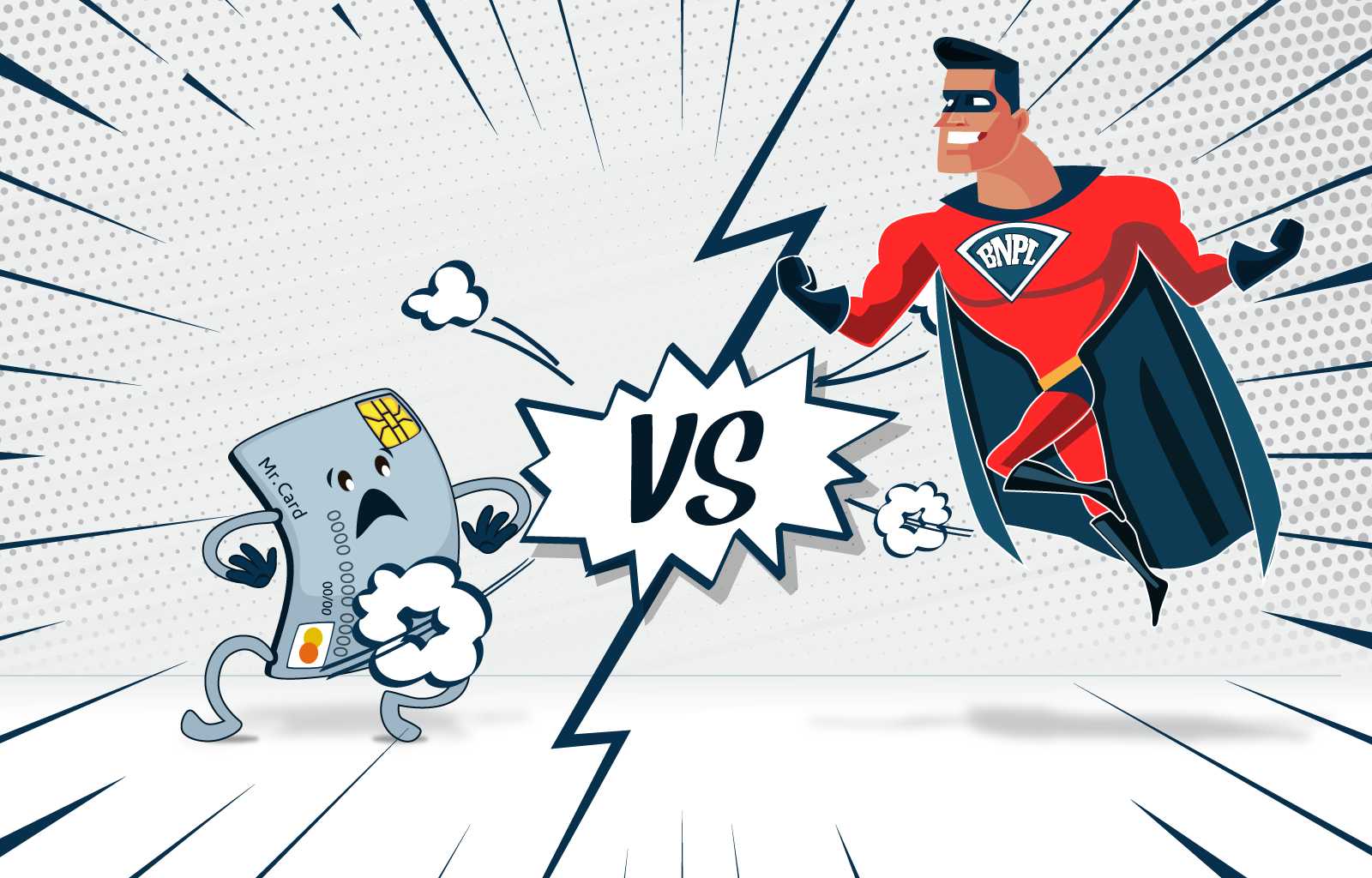According to PYMNTS, “87% of consumers ages 22 to 44 are interested in monthly installment plans,” and buy now, pay later (BNPL) lending may soon challenge credit cards as a payment method of choice.
For credit-card-issuing banks, that’s a problem with a ready solution. Though fintechs currently dominate the BNPL market, they rely heavily on data that banks already have. To enter the space, banks simply need to know how to leverage this data, learn from successful fintechs, and get to know the BNPL audience a little better.
BNPL’s Popularity Is Generational
While credit card providers may be tempted to write BNPL off as a lending model for risky consumers with bad credit, they’d be wise to look closer. These consumers generally can afford the products they take loans for; they simply prefer paying in installments for budgeting reasons or to avoid credit score dings.
Just look at the numbers. Eighty percent of BNPL users in a Cornerstone survey said they always pay their bills in full and on-time and make their loan payments most or all of the time. According to the research, most BNPL customers earn more than $75,000 a year, hold credit cards, and are Millennials. These consumers famously distrust credit cards, are budget conscious, and avoid paying interest when possible.
While this isn’t the case for every BNPL customer, it’s true for enough of them that banks should take note. After all, fintechs certainly have.
Fintechs Are Snapping Up First-Mover Advantage
In order to create attractive BNPL products for these consumers, fintechs have already launched a land grab for the best merchants and most have pivoted away from using FICO scores to determine risk.
Using income and payment data from users’ bank accounts (most BNPL customers link these products to debit cards), successful companies like Klarna, Afterpay, PayPal, and Affirm demonstrate that these new methods of determining credit worthiness work.
This gives banks an obvious path into a market that saw 50 million BNPL purchases in the last 2 years, and a $24 billion industry that is rapidly growing. Banks already have the customer data, the technology, and the ability to offer competitive pricing on these products. The trick is to move quickly to build enough merchant partnerships to compete.
Credit Card Issuers Refuse To Be Left Behind
In order to compete with established fintechs who have already snagged space on check-out pages with thousands of merchants, card issuers entering the BNPL market have to think strategically. Consumers shop with their favorite merchants in mind, not their payment method, and not every purchase is a good fit for BNPL; no one is financing their morning coffee. Audience and purchase types, as well as point of entry, matter.
Current BNPL products reflect these insights. Affirm is partnered with merchants like Neiman Marcus, David’s Bridal, and Callaway Golf. My Chase Plan—a BNPL product by Chase Bank—only offers financing for purchases over $100 after a transaction has occurred.
Banks also need to consider their best point of entry in the sales funnel. Sixty percent of millennial consumers say that seeing a pay-over-time offer message early in the shopping experience gives them confidence that they can buy.
Competing for this space is tough, and requires investing heavily in a merchant partnership team. But card-issuing banks have unique advantages to exploit. For example, they know when a customer has made a large purchase. Banks can leverage this information to trigger an automated BNPL offer.
Partners like Kunai make this possible. A text message would inform the customer that they have an option to pay for their recent purchase in installments. A link could direct them to an in-app interface where they can review, accept, and manage the offer.
How Banks Compete in the BNPL Market
Banks are uniquely positioned to leverage customer data, enter the BNPL market, and compete with fintechs for space with merchants. Particularly for banks with large Millennial and Gen Z audiences, failing to take advantage of this ability equates to handing lending revenue over to disruptive fintechs without a fight.
Banks can create intelligent, competitive BNPL products that meet customer needs and strengthen relationships and loyalty. Fintechs have taught us that consumers respond well to personalized digital offerings that use their private data to improve their experience with financial services. Banks can do this, too, with the added advantages of deeper roots in the financial industry and a well-earned reputation for security in an age of skyrocketing fraud.
For banks fighting back against fintech disruption, now is the time to partner with teams like Kunai. Together, you’ll create competitive solutions that meet today’s demand for straightforward lending based on innovative risk assessment and preference for flat fees instead of interest.
